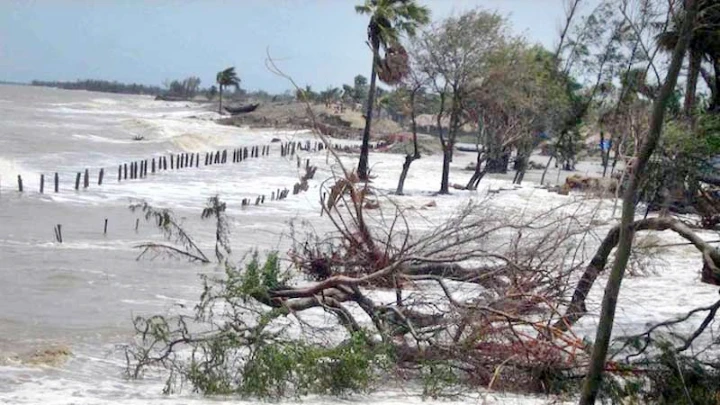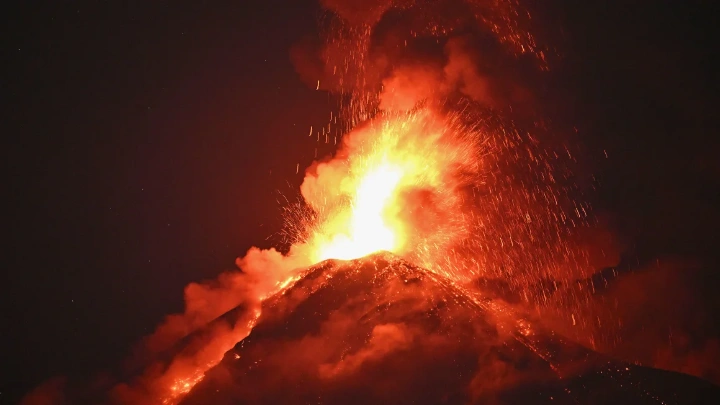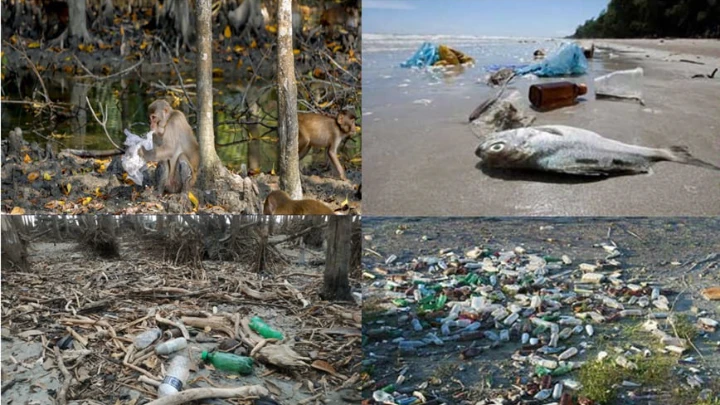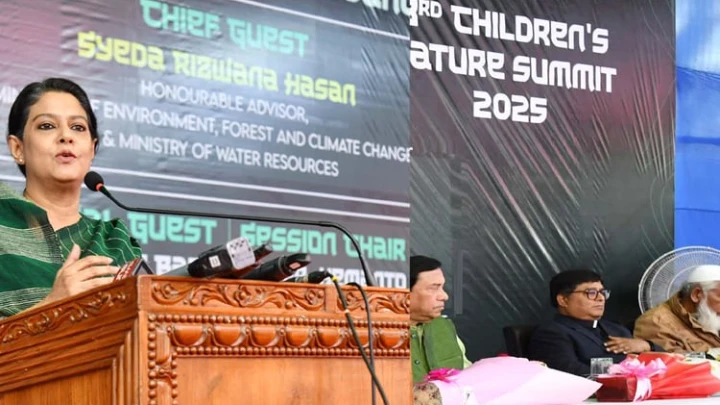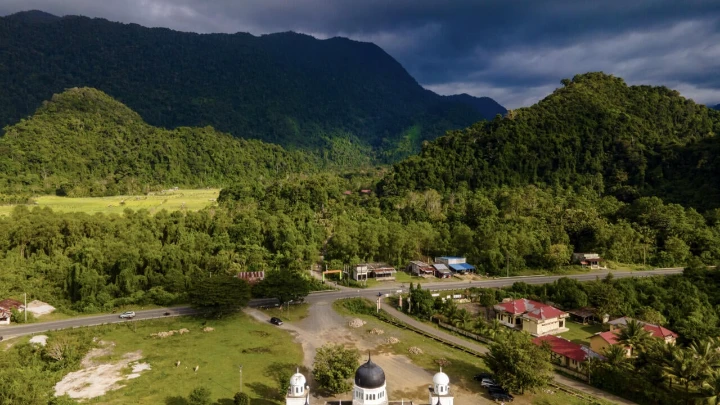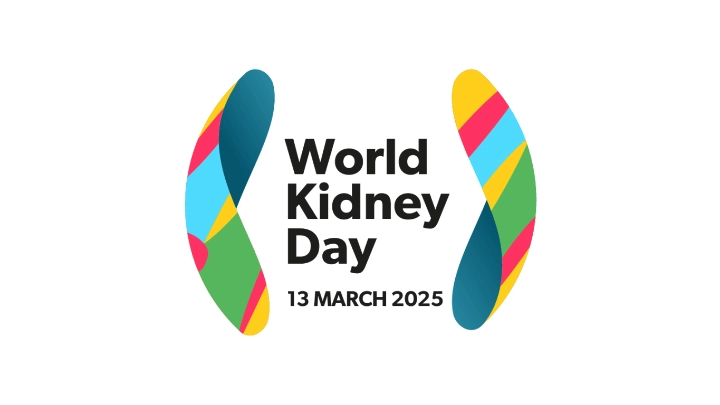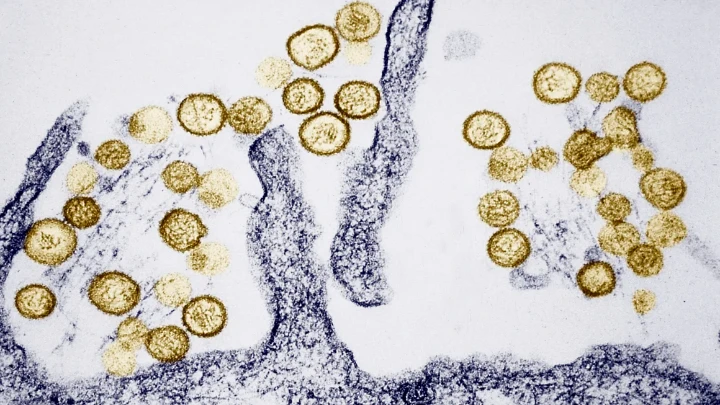Salinity affects life and livelihoods in coastal areas
Shining BD Desk || Shining BD
The salinity of the water has affected life and livelihoods in coastal areas of the country, causing diseases, creating drinking water shortages, and making lands uncultivable.
In recent visits to Khulna, Satkhira and Bagerhat districts, this correspondent observed that the people coastal areas are suffering from serious salinity in their water. Agriculture land, ponds, canals and rivers in these districts are contaminated with salt water.
"I drink rainwater for around three months, then I collect tubewell water from around half a kilometre away from my home, which is also saline water," Peara Begum, 55, of Pashchim Baharbunia in Morrelganj upazila of Bagerhat, told the Daily Sun.
As her husband Yunus Hawlader has been ill for a long time, she has to walk through muddy roads to collect drinking water during the rainy season.
Due to the lack of fresh water in the area, many people in the village use pond water for cooking, including Jharna Begum, 23, the wife of Ruhul Amin.
Several residents of the Baharbunia union told Daily Sun that they are not only experiencing an acute water crisis, but they are also suffering from river erosion since a large portion of the village has already been marooned in the Kewra river.
“As a result of water salinity, we cannot grow crops. We cultivate paddy during the monsoon. However, this year's rainfall was insufficient, preventing the paddy plants from growing," said Rakib Hossain from Pashchim Baharbunia village.
The roads in Baharbunia union Parishad can't be repaired due to a lack of adequate fund allocation, according to Asken Khan, an elected member of ward no. 3.
"The government should set up a large rainwater harvesting system in the area to resolve the drinking water crisis. At the same time, adequate funding should be allocated to repair roads regularly and build embankments," he said. Monirul Islam, the Sub-Assistant engineer at the Department of Public Health Engineering (DPHE) in Morrelganj upazila, said rainwater and pond water are the only sources of drinking, cooking, and bathing water in the area.
"The area has been experiencing an increase in salinity in its water. Groundwater is saline up to 1200 feet below the surface. Tube well water does not provide fresh drinking water here. "The government encourages the use of pond water here and to conserve rainwater," he said.
Khulna, Bagerhat, Satkhira, Barguna, Barishal, Bhola, Jhalakati and Pirojpur districts are highly affected by climate change, according to research reports.
Environmental experts say climate change plays a role in increasing salinity in coastal waters because of the intrusion of water from the sea into the mainland and natural disasters like cyclones, and river erosion.
"The salinity of the water has caused a drinking water crisis, affected agricultural land, and adversely affected public health. Climate change plays a major role in this situation. We need a fair water management system in the country to face the crisis,” Prof Dr A.K.M. Saiful Islam, director of the Institute of Water and Flood Management (IWFM) at BUET, told the Daily Sun.
Jayanta Mallick, Executive Engineer of the DPHE in Bagerhat, said Morrelganj, Mongla, Sharankhola and Kochua upazila areas of the district are highly affected by salty water.
“The water salinity has increased in the district. The government has taken steps to resolve the freshwater crisis as alternative technology like rainwater harvesting is being used. Besides providing water purifier tablets, ponds have also been dug to alleviate the water crisis," he added.
The permissible salinity level in drinking water is 1,000mg per litre in coastal areas, but some areas of the Bagerhat district have water with a salinity of over 2,000mg per litre.
The government and some non-government organizations have been implementing different projects to improve the life and livelihoods of coastal people.
Mohammad Zobair Hasan, Deputy Executive Director (DED) of Development Organisation of the Rural Poor (DORP), said a key objective of the Pani Jibon project is for the community to become more resilient to climate change and capable of raising their voices for climate justice.
By the end of 2023, the Pani Jibon Project will reach about 210,000 women and men.
Climate change activist Ashish Barua, also the programme manager of Helvetas Swiss Incorporation, attributed the increasing salinity to rising sea levels and seawater intrusion.
As a result of the increasing salinity of water, floods in coastal areas, river erosion, and cyclones, people's lives and livelihoods have been affected, causing huge loss and destruction, he noted.
A World Bank report said climate change will cause significant changes in river salinity in the southwest coastal region from October to May by 2050. Another study projects a median increase of 26 per cent in salinity by 2050, with increases of over 55 per cent in the most affected areas.
Source: Daily Sun
Shining BD

